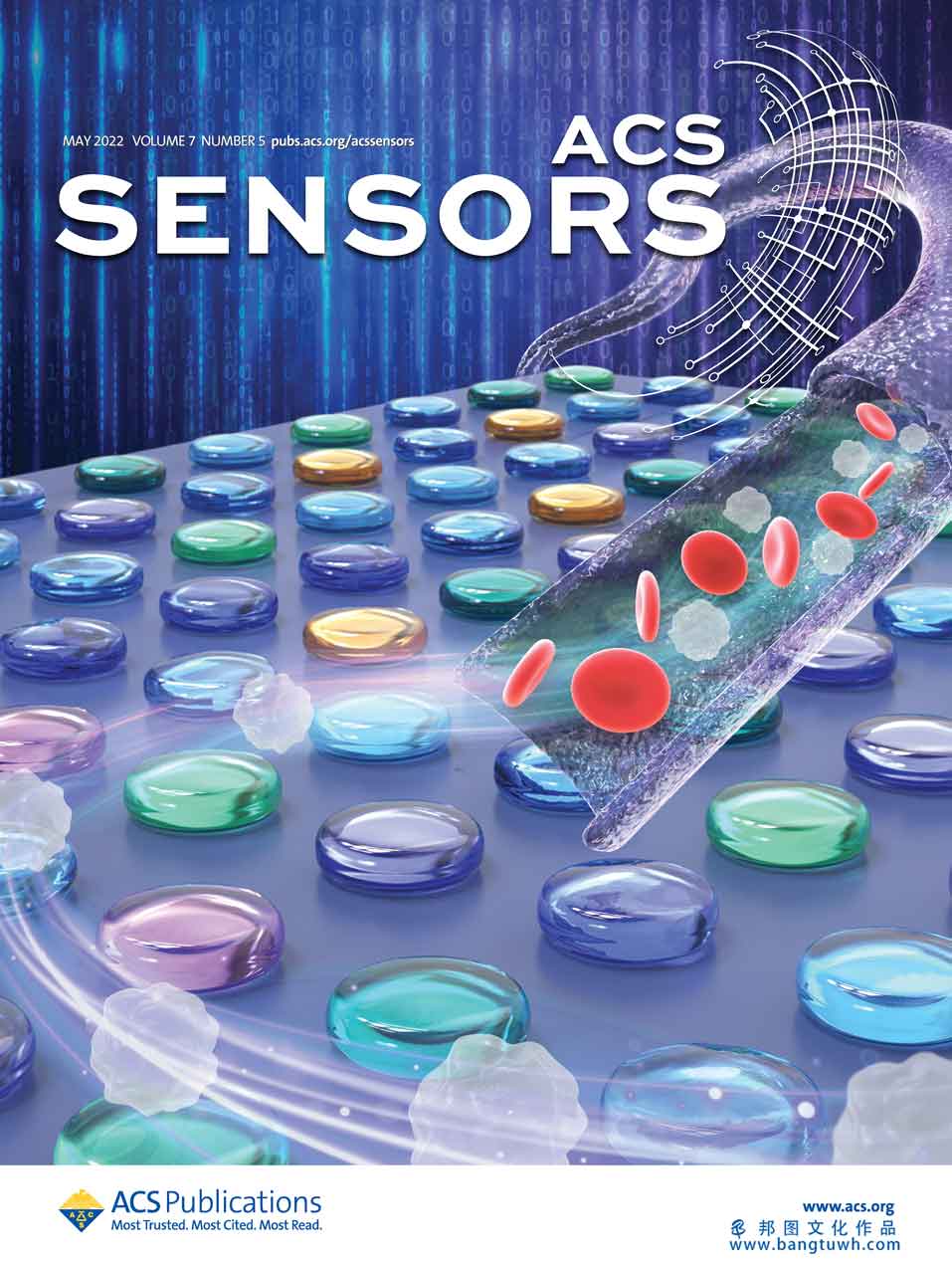
科研绘图sci画图作图学术杂志封面设计toc示意图文章配图医学动画





emerging liquid biopsy methods for investigating biomarkers in bodily fluids such as blood, saliva, or urine can be used to perform noninvasive cancer detection. however, the complexity and heterogeneity of exosomes require improved methods to achieve the desired sensitivity and accuracy. herein, we report our study on developing a breast cancer liquid biopsy system, including a fluorescence sensor array and deep learning (dl) tool aggmapnet. in particular, we used a 12-unit sensor array composed of conjugated polyelectrolytes, fluorophore-labeled peptides, and monosaccharides or glycans to collect fluorescence signals from cells and exosomes. linear discriminant analysis (lda) processed the fluorescence spectral data of cells and cell-derived exosomes, demonstrating successful discrimination between normal and different cancerous cells and 100% accurate classification of different bc cells. for heterogeneous plasma-derived exosome analysis, cnn-based dl tool aggmapnet was applied to transform the unordered fluorescence spectra into feature maps (fmaps), which gave a straightforward visual demonstration of the difference between healthy donors and bc patients with 100% prediction accuracy. our work indicates that our fluorescent sensor array and dl model can be used as a promising noninvasive method for bc diagnosis.



微信扫一扫,加设计师好友
17621261539
周一至周五8:30-18:00

提升“研值”

工作人员将在1个小时内联系您。

